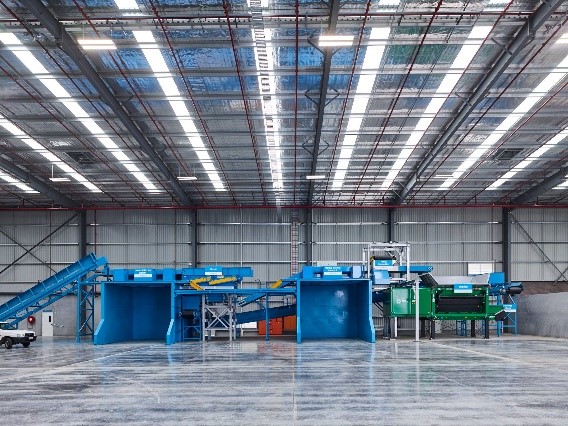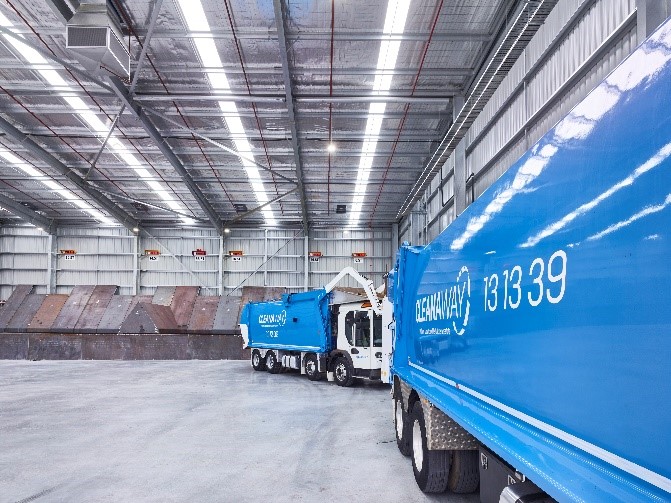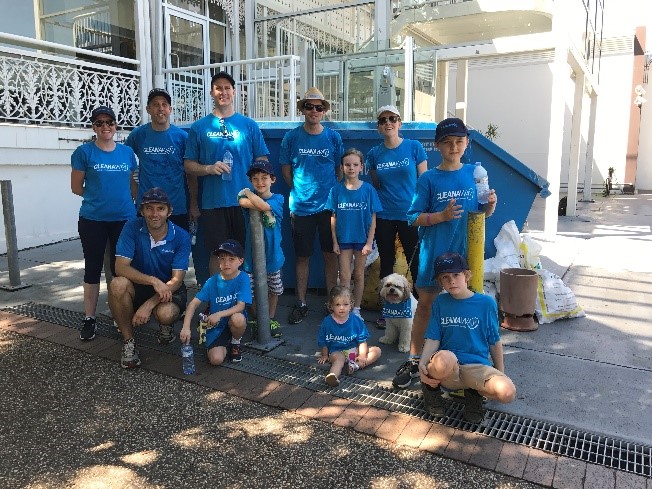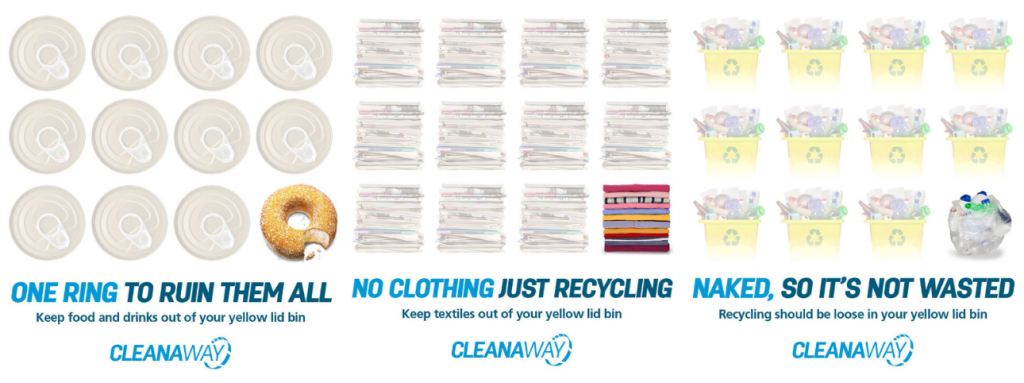January 2019: Get set for sustainability
It’s now commonplace for organisations of all sizes and margins to have stated sustainability objectives but how you go about actually implementing those goals should be specific to your business structure and culture. It’s not necessarily the work of a Sustainability Manager or an Environmental Manager but initiating those roles can be useful because they bring with them KPIs and a mandate that can drive the change. Even with an expert at the helm though, they will only be as successful as your organisation allows them to be. Here we outline a couple of approaches to set your organisation up to succeed at making a sustainable future possible.
Top-down:
Real organisational change requires leadership. While it may be easy to get everyone on the sustainability bus because they believe in the “why” it can be the how that trips people up. Testing initiatives and reviewing processes takes time, resources and/or budget so teams need to understand that the people at the top truly endorse the work being done. Even if it’s simply slower productivity while people learn a new recycling separation system, it’s important that initiatives are well communicated and supported by senior leadership to be successful.
Bottom-up:
While more commonly seen in community organisations or smaller teams, individuals and groups at a local level are increasingly influencing sustainable behaviours. From initiating a multi-bin system at the office to participating in off-site volunteer events, those passionate about sustainability are increasingly taking matters into their own hands. Organisations looking to improve their sustainability rating would do well to note these initiatives and empower people to act at an operational or local level in a way that’s consistent with the broader goals of the organisation. Clearly communicating the business strategy and setting some parameters for where teams can act independently is energising for those with ideas and can lead to real organic change.
Review operational processes and partners
Taking a look at the processes and systems that deliver your outputs can be a great way for businesses to make a real change. The key could be in your supply chain where a material that you’ve used for years could be replaced with recycled material. Or reduce plastic packaging, which is notoriously over-used and inevitably single-use. Work with your suppliers and partners to understand the environmental cost of your operations and find improvements. That way everyone benefits and sustainability becomes an embedded element of your business.
Asking the question about whether a material can be recycled is a great place to start.
Recover more resources
Whether you’re a business or a household, separating the waste you produce to maximise recovery is a very practical way to improve sustainability. Identify the waste types you produce like cardboard, timber or food waste and set up your site to dispose of those main items separately. This reduces contamination in each stream and maximises recovery for reuse.
For businesses in manufacturing consider how the end user will dispose of your product. Could it be more easily recycled? Does the product explain how the user should recycle it? This business managed to recycle 100% of materials by challenging Cleanaway with a zero waste target.
Cafés and restaurants can immediately improve their sustainability results with an organics collection service. Kitchen food scraps and coffee grounds have great nutritional value as compost or soil conditioner and contribute to a perfect closed loop solution for food production.
Ultimately, for sustainability efforts to be successful it needs to be embedded into the very DNA of an organisation, so that everyone is empowered to take the necessary actions to identify and make a change.
Subscribe to our monthly newsletter for the latest sustainability news for industries, businesses and communities. Click the Sustainable Future Newsletter button at the bottom of this page.





